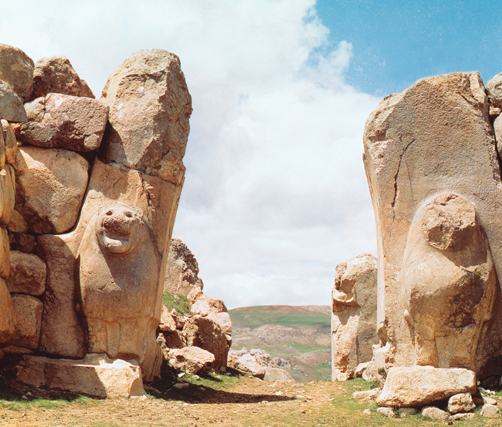

It was a cataclysm of immense proportions: Near the end of the 13th century B.C.E., the great Bronze Age civilizations of the Aegean and Near East suddenly collapsed.
In the latter part of the Late Bronze Age (c. 1400–1200 B.C.E.), Mycenaean civilization flourished in Greece and Crete. The Hittites controlled most of Anatolia and northern Syria from their capital at Hattusa (modern Bogazköy, about 125 miles east of Ankara). The Egyptian New Kingdom ruled not only in the Nile Valley but also in Palestine and southern Syria. Commerce flowed over trade routes that crisscrossed both land and sea. A late-14th-century B.C.E. ship excavated off the Uluburun promontory in southern Turkey, for example, carried cargo from Cyprus, Canaan, Egypt, Anatolia and Mycenaean Greece.a
A century later, all these civilizations had begun to unravel. Cities burned, trade became almost nonexistent, and large groups of people migrated from one place to another.
Already a library member? Log in here.
Institution user? Log in with your IP address.

